Healthy Peach Coleslaw Recipe Without the Bloat
Summer’s around the corner, and what better way to brighten your table than with a refreshing, health-conscious twist on a traditional favorite: Peach Low-Fat Coleslaw. This light, flavorful dish features crunchy cabbage and a peach vinegar-based dressing — perfect for picnics, barbecues, or as a vibrant side any time of year.
In this post, we’ll explore the roots of coleslaw, highlight the health benefits of cabbage, and share helpful modifications for those with sensitive stomachs.
A Brief History of Coleslaw
When you think of BBQ, coleslaw is often one of the first side dishes that comes to mind — a creamy, crunchy staple that feels undeniably American. But despite its popularity at backyard cookouts across the U.S., coleslaw’s roots go much further back and cross oceans.
The dish actually originated with Dutch immigrants, who brought their version of koolsla — meaning “cabbage salad” — to the New World. Cabbage didn’t appear in North America until the 1600s, when it was first cultivated in what is now Canada. From there, the Dutch introduced their cabbage salad to the colonies. Over time, it evolved into what we know as coleslaw. Today, it comes in countless variations — creamy or vinegar-based, sweet or tangy — but its roots remain tied to European tradition.
Health Benefits of Cabbage
Cabbage is more than just a slaw base — it’s a nutritional powerhouse. This crisp, colorful vegetable (available in green and red varieties) is packed with vitamins and minerals that support overall health.
Cabbage belongs to the cruciferous vegetable family, which includes broccoli, cauliflower, kale, and Brussels sprouts. These vegetables are loaded with vitamins C, E, and K, fiber, and other important nutrients.
They also contain natural compounds called glucosinolates. When digested, these compounds break down into substances that may help protect your cells from damage. Some lab and animal studies suggest they could help prevent cancer or slow its growth. While more research is needed in humans, regularly eating cruciferous vegetables is a simple and effective way to support long-term health.
Sensitive Stomach? Try These Easy Swaps
While vinegar-based coleslaws can be light and flavorful, the acidity can be a trigger for those with sensitive stomachs, acid reflux, or certain digestive conditions. Here are a few easy ways to make this dish gentler on the gut:
-
Swap vinegar: If peach vinegar (or any vinegar) is too acidic, try using lemon or lime juice in small amounts, which can be less harsh. For a sweeter option, diluted apple juice or white grape juice adds tang without the sting.
-
Try low-fat yogurt: Replace part or all of the vinegar and oil with plain low-fat yogurt or a plant-based alternative. It adds creaminess and mild acidity without overwhelming your stomach.
-
Go easy on raw cabbage: If raw cabbage causes bloating or discomfort, try lightly steaming it first, then chilling before mixing. This softens the fibers, making it easier to digest.
-
Add tummy-friendly herbs: Try including fresh mint, parsley, or fennel — all known for aiding digestion and reducing bloating.
-
Portion control: Begin with a small serving and observe how your stomach responds. Everyone’s sensitivity level is different.
By making just a few small adjustments, you can still enjoy all the bright flavors and health benefits of coleslaw — without the discomfort.
[[ recipeID=recipe-2mbf2yok2, title=Peach Low-Fat Coleslaw ]]
-
Team, B. U. H. B. (2023, September 21). Cabbage and the benefits of this overlooked superfood. Brown University Health. https://www.brownhealth.org/be-well/cabbage-and-benefits-overlooked-superfood
-
Yang, G., Gao, Y. T., Shu, X. O., Cai, Q., Li, G. L., Li, H. L., Ji, B. T., Rothman, N., Dyba, M., Xiang, Y. B., Chung, F. L., Chow, W. H., & Zheng, W. (2010). Isothiocyanate exposure, glutathione S-transferase polymorphisms, and colorectal cancer risk. The American journal of clinical nutrition, 91(3), 704–711. https://doi.org/10.3945/ajcn.2009.28683


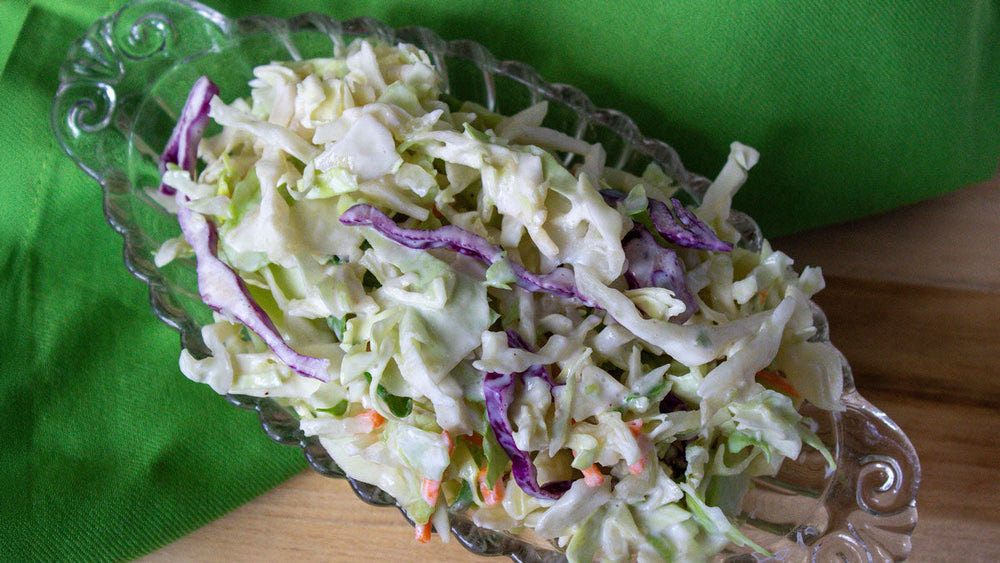
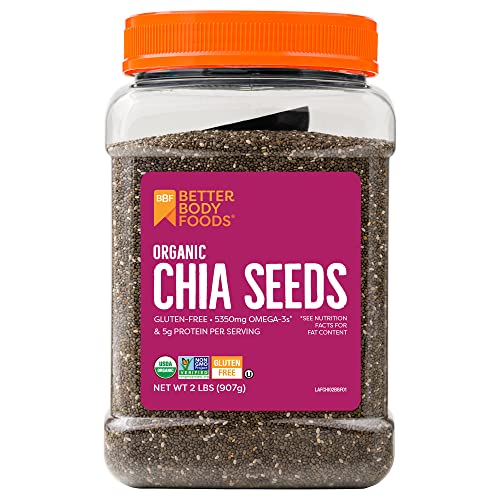
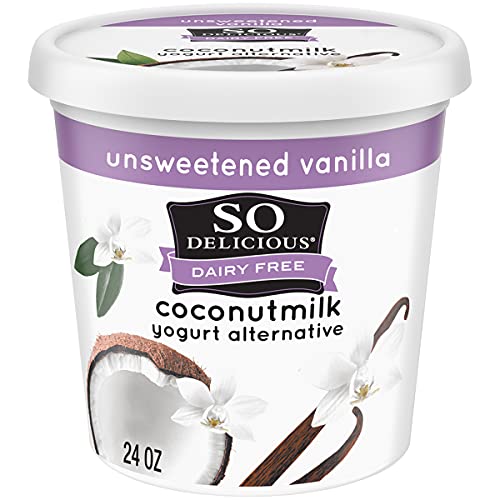
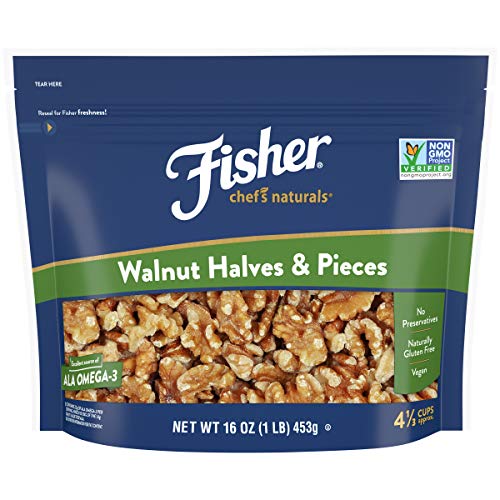
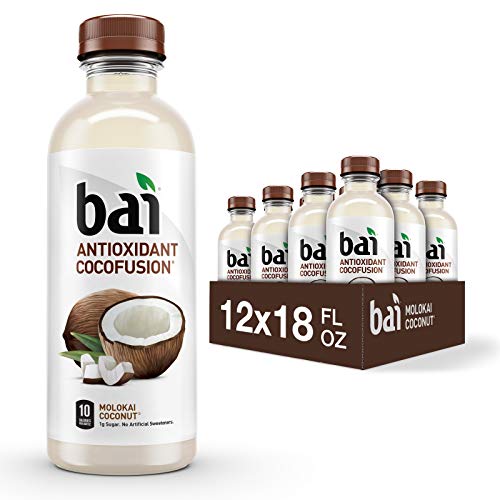

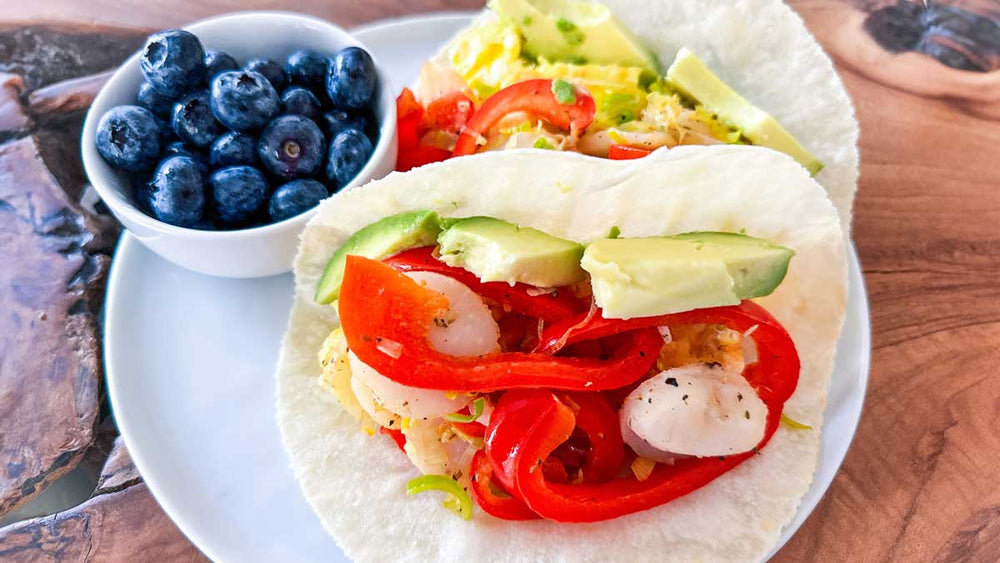
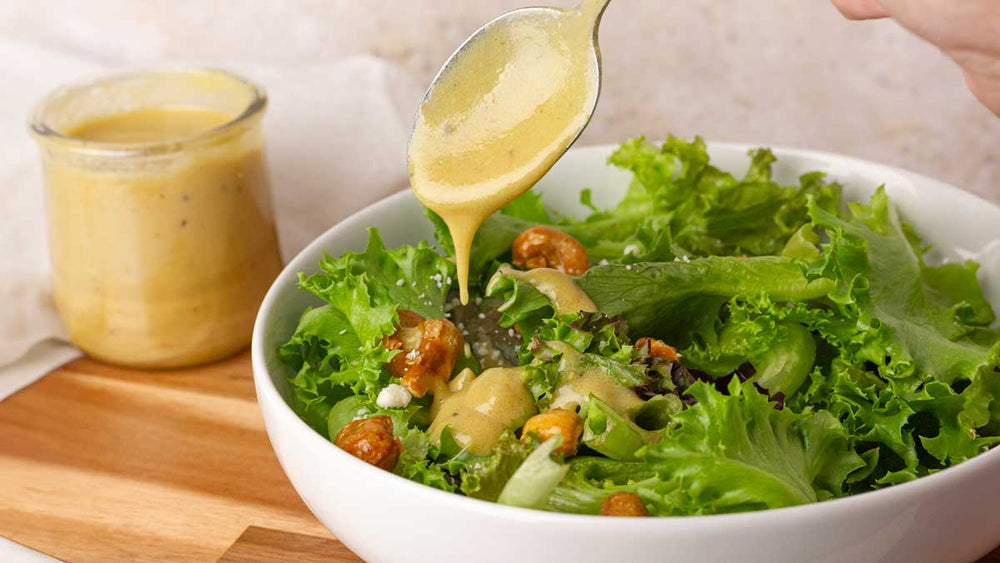





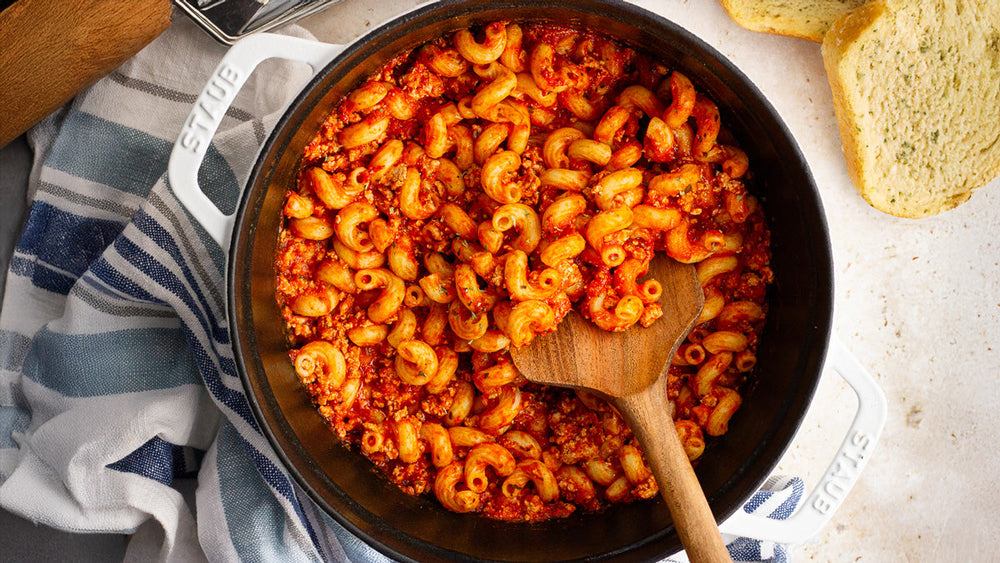



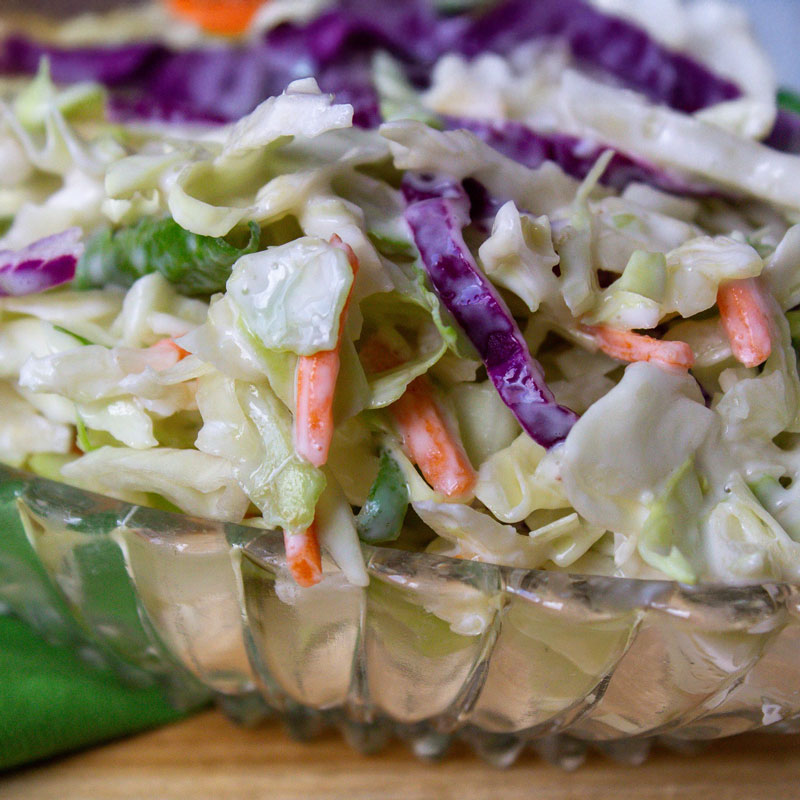
Comments
Join The Conversation...